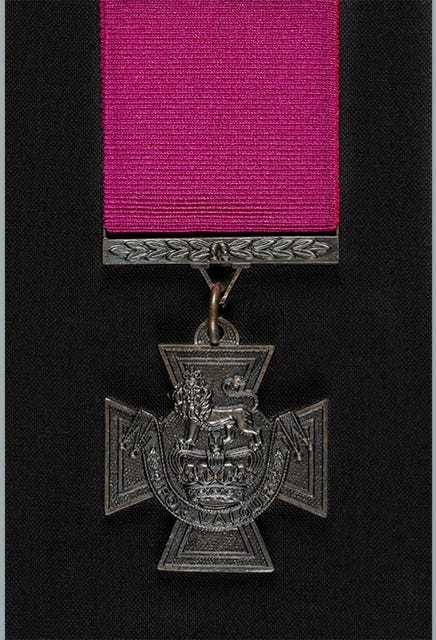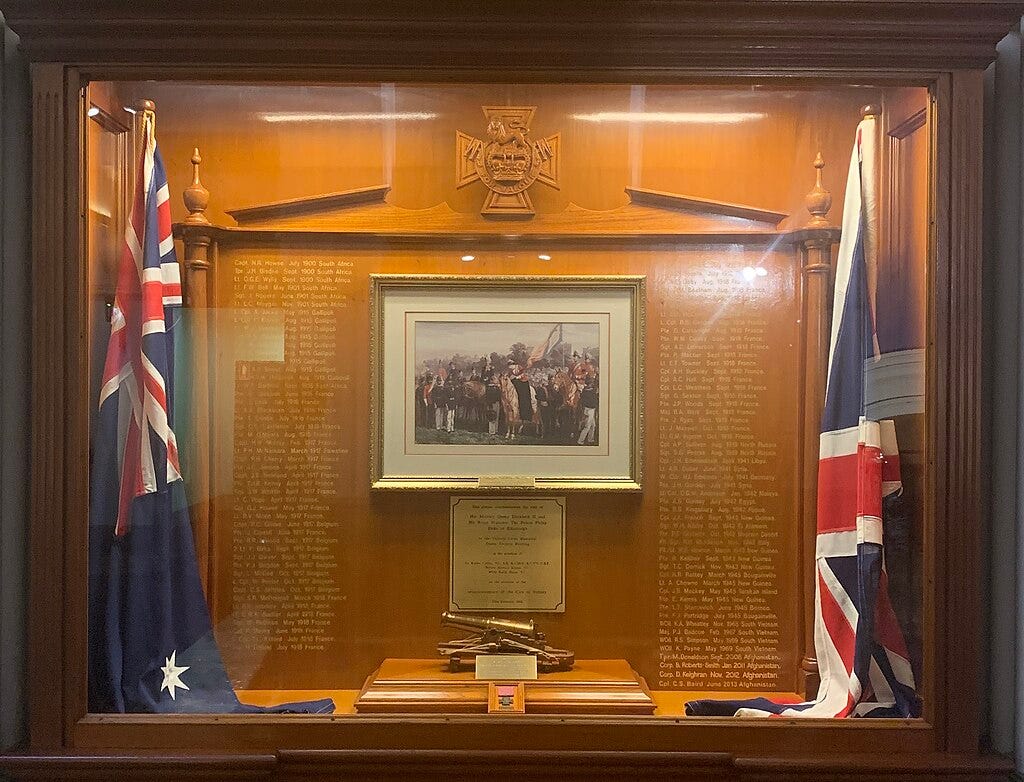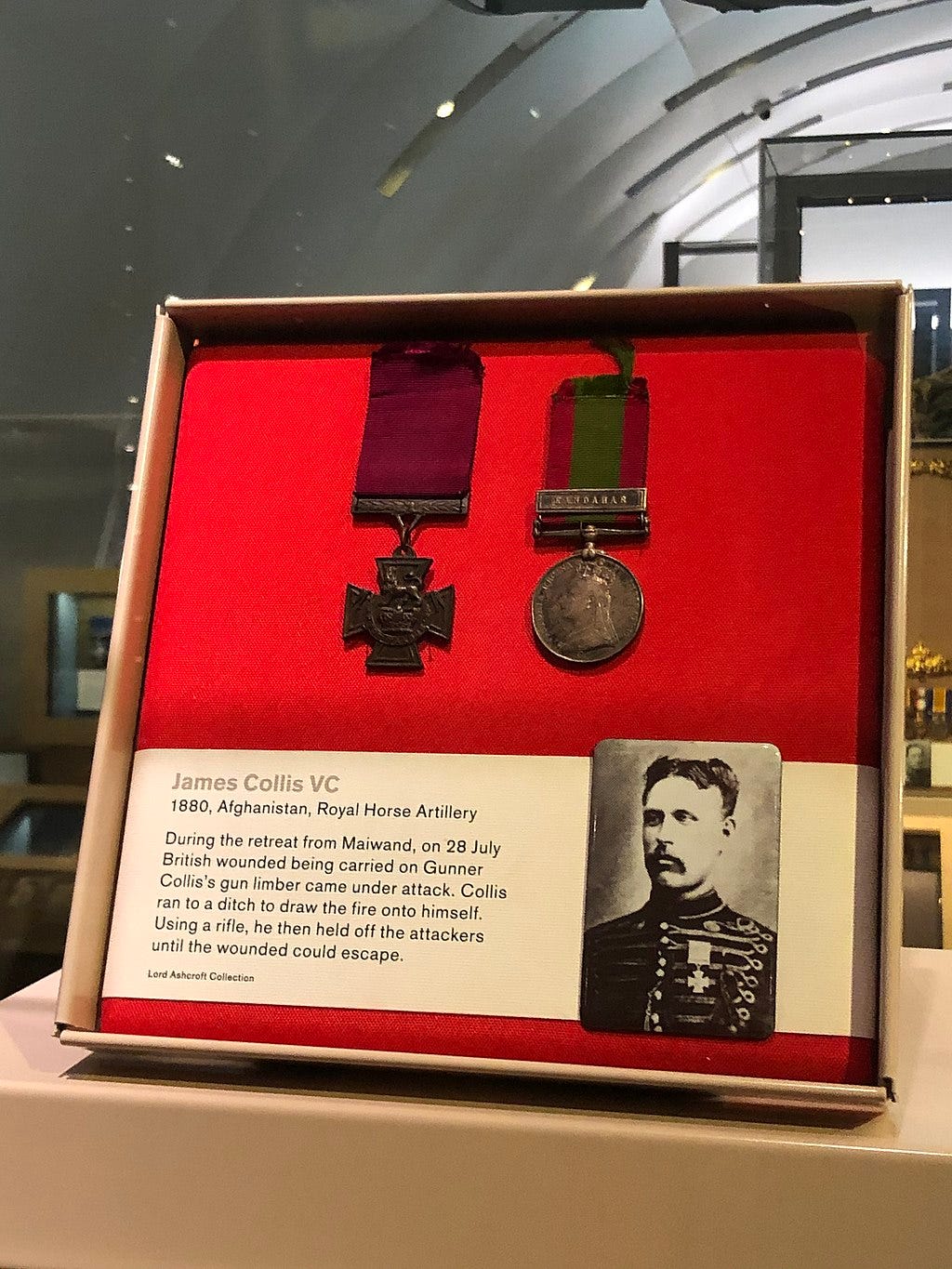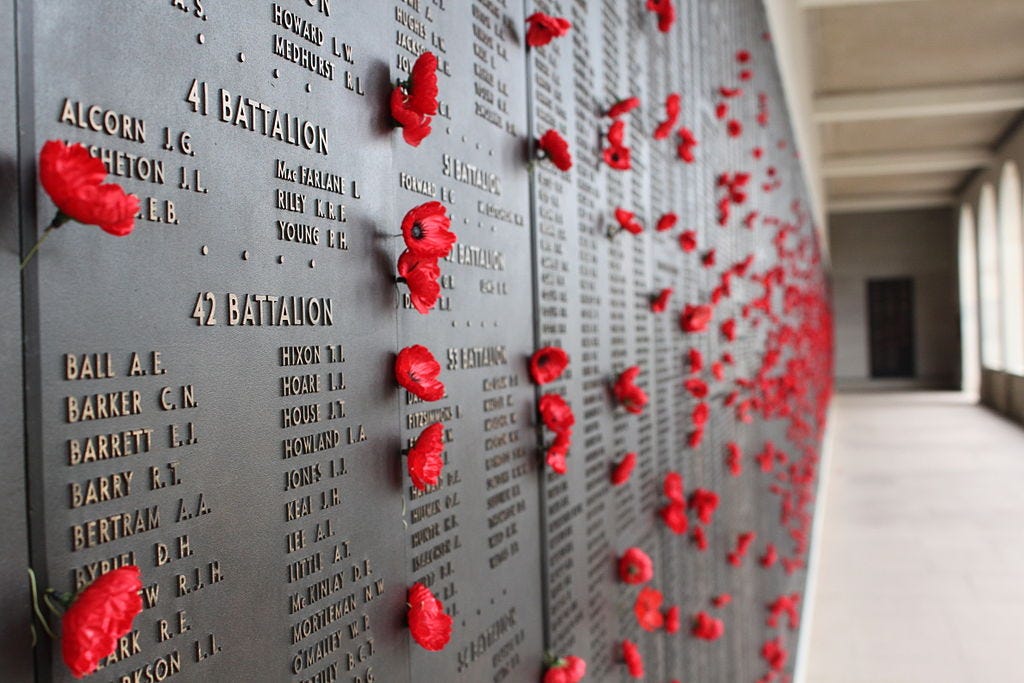
In the ex-Empire of Great Britain the Victoria Cross is the highest military medal for valour. Instituted in 1856, by Queen Victoria, it reflects a different era and has evolved into a troubling fetish. VCs are now ‘collected,’ auctioned for six-figure sums, enshrined in ‘Halls of Valour, in National Museums in gaudy displays with uniforms and battle gear. They are also regarded with mystical reverence. They are considered the premier personal award, with VC preeminent amongst the letters placed after any name. Winners march at the front of any parade, saluted by generals and feted by politicians.


In Australia, the focus on the VC has recently intensified since the investigation of War Crimes in Afghanistan embroiled Australia’s most highly decorated living recipient. ‘Most Decorated’ received his award in 2010. When credible evidence of crimes were found, a media frenzy ensued that, in turn, precipitated defamation proceedings worth multimillions in legal costs.’ Most Decorated’ was funded by a generous supporter. A finding of ‘truth’ ended the defamation suit and cast a long shadow on the character and career of a national hero. His VC fame has been framed in dishonour and become a political football. I don’t wish to use his name because the allegations are yet to be tested in court, and may never be, as a result of the blanket media coverage. These allegations are best dealt with in the dull light of anonymity. There is a more substantial problem with the VC itself and the assumptions that place it so high on its pedestal.
The meaning of the VC has evolved since 1856. It was intended to honor the heroic service of British soldiers. The intention coincided with the rise of the citizen soldier and the expansion of the democratic franchise. There had been very little credence given to fighting men in earlier centuries. The armies of Great Britain had been pressed militias, bonded retainers, paroled criminals or professional mercenaries. Their only reward was plunder and their likely memorial a mass grave. The rise of the Nation-State changed this sentiment. Wars became national affairs, reported in the national press, and frequently acclaimed in music hall song.[1]
The VC was part of this growing nationalism. The intention was simple—an award open to officers and men for a single act of valour. However, application of the award was anything but simple and the VC has a long and less glorious administrative history in which committees have debated and redrafted the ‘warrant’ or circumstances of its award.[2] It was never egalitarian as intended. In the 19th Century, nearly half the winners were officers. In WW1 about a third. Bias and favour cloud the VC.
The process of the award has also been messy. At least three witnesses were required, including an officer, and it was originally only for survivors. The rules brought immediate questions. How long did you have to survive? Did you have to be in the line of fire? Could an entire unit’s bravery be rewarded by drawing a lottery? These were all thrashed out by committee, and the lottery idea was acceptable in the first decades.
The VC may no longer be chosen by lot, but it is very much decided by chance. To win it, the act of valour must be observed by an officer, and that officer then has to survive long enough to report it to unit command. Unit command then must accept the paperwork and devote time an effort to its advancement. In WW1 the official investigation took an average of 90 days, interviewing survivors and reporting up the line. The final step was vetting by the government of the day, which may or may not be happy to draw attention to the conflict. For the first sixty years of the award, this process was only initiated for the living. Posthumous awards were exceptions. For example, in the battle of Lone Pine, August 1915, an extraordinary seven VCs were awarded. One winner, Captain Alfred Shout repeatedly cleared the enemy from trenches by throwing improvised grenades made from jam tins. He lit three at once, and lost both hands and part of his face when the third exploded before he could hurl it. It was enough to turn the tide of battle in a crucial trench, and as he was evacuated, he was comforted to know that Lone Pine was secure. Three weeks later his commendation for a VC was dotted and sent up the line. No one knew his fate. Even his wife was told he was recovering. The fact of his death on the hospital ship and his burial at sea was lost in the chaos of the medical services at Gallipoli. Shout had lived long enough to be recommended, and thus received his award posthumously. If he had died in the trench, it would never have been made.
Of the six battalions that fought at Lone Pine, four VC winners came from just one. Not because that battalion had fought harder or longer. Instead, they were blessed by a battalion commander who desired publicity and was good at paperwork. In contrast, when another of the battalions was asked for recommendations, its commander replied that ‘the men all fought well.’ [3]
Charles Bean, Australian War Correspondent and Official Historian summed up the inequity of chance when it came to awards. It is not true that medals depict the bravest ‘how far from true probably only those who were actually been through heavy fighting can realise.’[4] Bean became the champion and first director of Australia’s War Memorial (and Museum) in Canberra. However, when he built the Roll of Honour, listing the names of the fallen, he declined to include any awards.

I find it unsettling, and it is against Bean’s founding principles, that the War Memorial now hosts a ‘Hall of Valour’ to 101 Australian VC winners, including Alfred Shout’s medal, purchased at auction for the record sum of A$1m.
That the VC is unlikely to depict ‘the bravest’ is not the only problem with the VC. Melvin Smith’s analysis of the awards show that it has metamorphosed into an award for front line killing, In the first three years of WW1, nearly a third of the awards were given for life saving. In the last two years they ‘wanted killers’ [5] with less than 10% going to rescue. In 1920 the VC Committee rewrote the warrant to enshrine this fighting element. The award was only to be given for a daring act in the presence of the enemy. They wanted the act to be personal and very much at the sharp end. They also did not want any possibility of it going to a woman for bravery in the presence of artillery fire. They were successful in that intention. No woman has won a VC, which shines sharp focus on the definition of ‘valour’.
The lethal skill of VC winners is evident when you read the citation in the ‘Hall of Valour’ in Canberra. Our Most Decorated soldier is included despite calls for his cashiering. The display comes with a statement that he is under investigation for ‘war crimes’ without mentioning the finding of ‘truth’ in the civil trial.[6] In the grey zone of insurgent warfare of Afghanistan, it seems hypocritical to castigate ‘most decorated’ for doing exactly what his commanders wanted but is that what the highest military award should celebrate?
Instead, it is better to dispense with an atavism of pre-industrial warfare. What value a personal award, dependent on chance that celebrates personal lethality, in our era of mass destruction when civilians are more commonly the targets? Should the VC really be our society’s premier award for service?
[1] ‘Jingoism’ is a word derived from a music hall song that threatened to take on the Russians in the 1870s.
[2] Smith MC, ‘Awarded for Valour. A history of the Victoria Cross and the Evolution of British Heroism’ Palgrove MacMillan 2008
[3] Letters, John Gellibrand AWM #DRL/5037
[4] Bean Papers AWM DRL 6673, item664.
[5] Smith MC ‘Awarded for Volour’ p148
[6] Last visit Dec 1 2024



